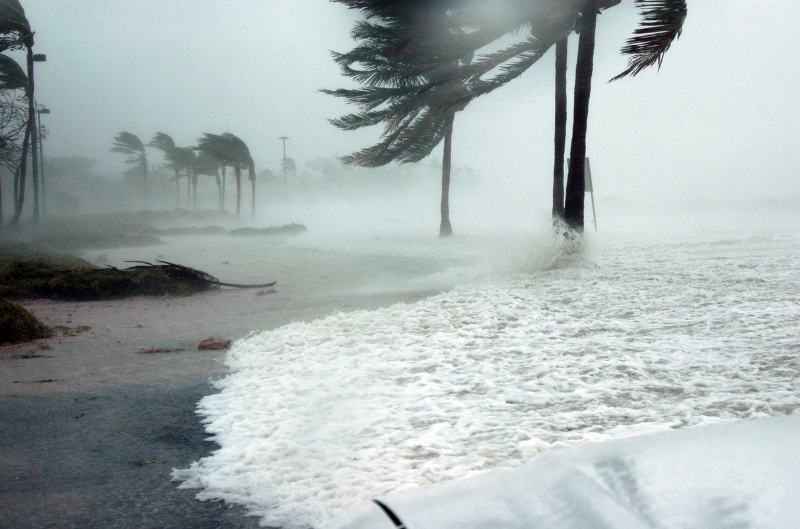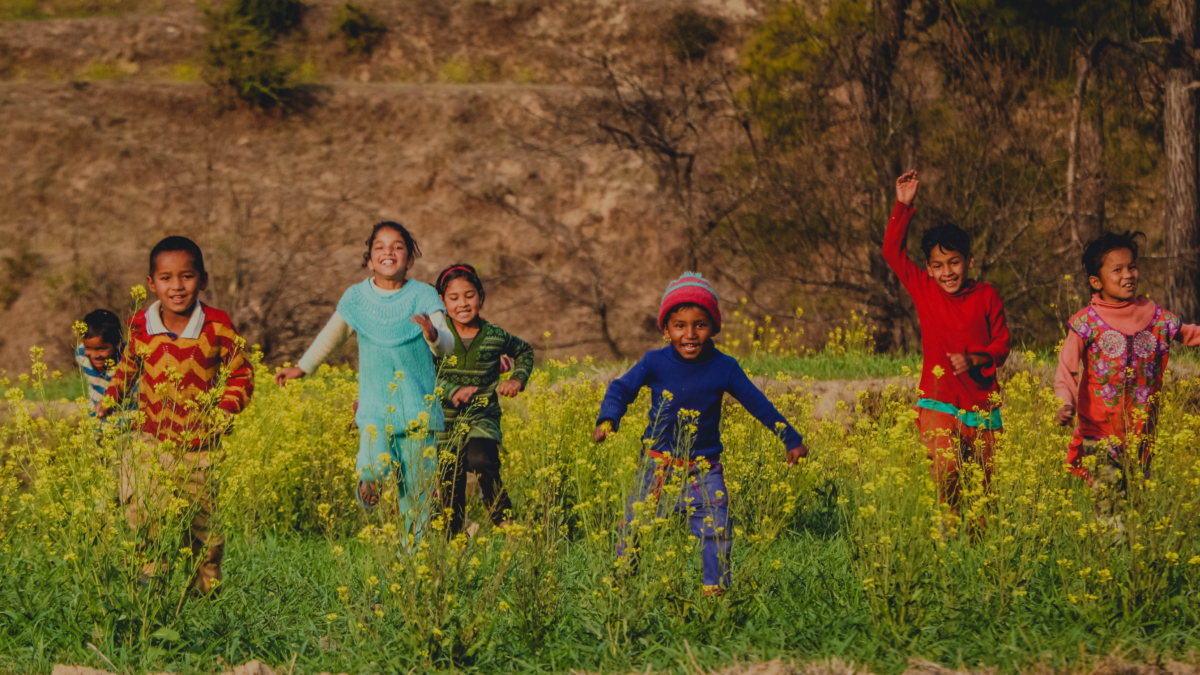Unmasking ‘Clean’: Why Scented Stuff Isn’t So Sweet
If you work in a child care program, you already know how important it is to keep spaces clean. Between spills, sticky hands, diaper changes, and the never-ending cycle of toys going into tiny mouths, cleaning is a necessity. Keeping kids safe from germs that could make them sick is vital.









